
Enjoy nature at Sigiri Vananthara, resort in Sigirya, Sri Lanka, located near Minneriya National Park. Surrounded by lush jungle, our retreat is the perfect place to relax and reconnect with the beauty of the wilderness.

The tiny, nocturnal Indian Scops Owl ranges between 22 and 27 centimeters in length. Its rounded head, golden eyes, and ear tufts, along with its feathered body of gray or brown, assist it to blend in with the bark of trees. It is widespread throughout the Indian subcontinent and can be found in forests, farms, and cities. It prefers regions with lots of trees for disguise and hunting. This owl’s primary food source is insects, although it also occasionally hunts small animals and birds with its keen night-time hearing and vision. During mating season, this solitary and territorial species marks its territory with sounds. From February to May is the breeding season. The female deposits two to four eggs in tree cavities or abandoned nests, and the offspring are raised by both parents. Indian Scops Owls are considered “Least Concern” due to their stable population and five to ten years of life span in the wild, despite habitat degradation from deforestation and urbanization. In terms of culture, they are treasured by birdwatchers, represent mystery and wisdom, and aid in the management of pest populations.
When you are in Sri lanka, make your way to Sigiri Vanathara, nature resort, to catch a glimpse of this mysterious bird.
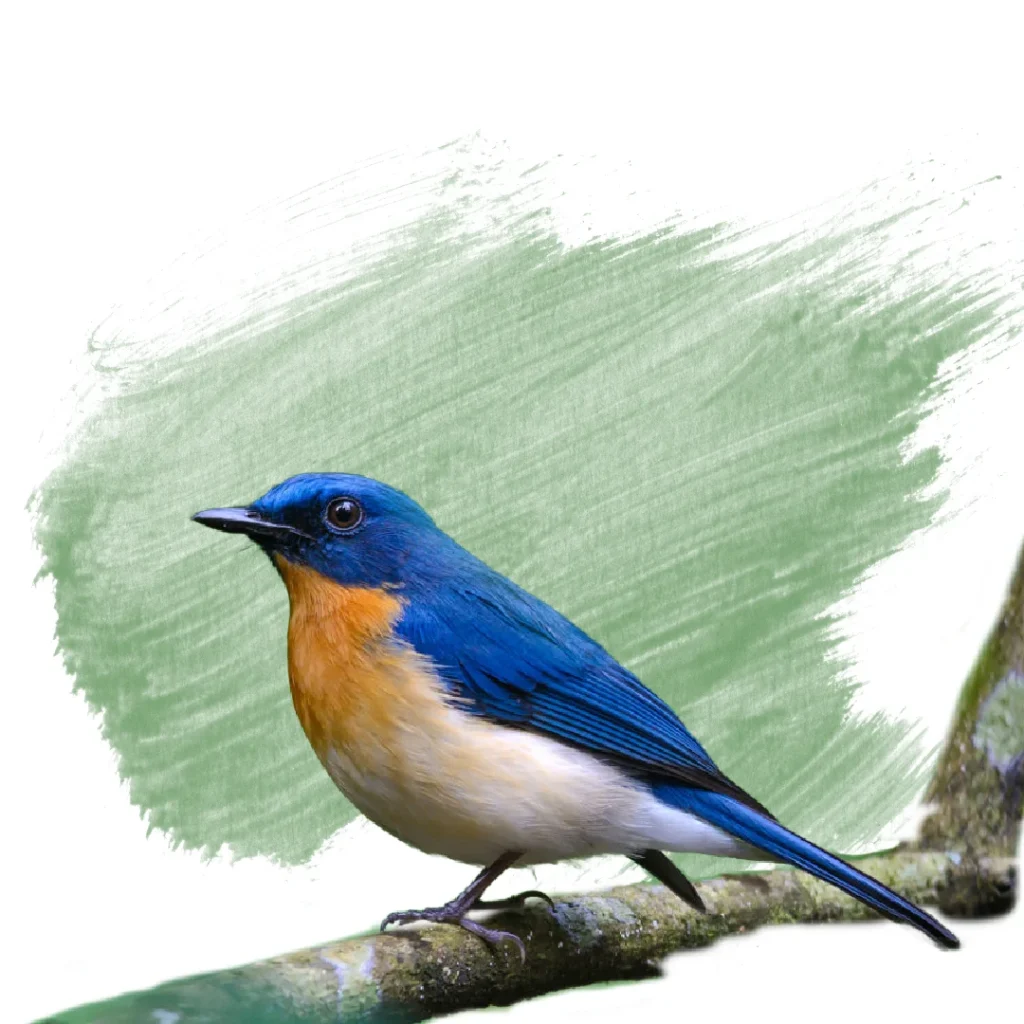
The tiny Tickell’s Blue Flycatcher is known for its vivid colors; females are more olive-brown with paler underparts, and males have a bright blue upper body and a white belly. They can find food and nesting places in damp, dense environments such as evergreen and mixed forests in Southeast Asia, especially in India, Nepal, and certain areas of Bangladesh. During the breeding season, they also consume fruits and nectar to provide additional energy, but their primary food source is insects like beetles, ants, and small caterpillars. Usually found alone or in couples, these birds are energetic hunters who dart between branches. Males sing to mark their territory and draw attention from females. From April to August, females construct cup-shaped nests beneath shrubs where they deposit two to three eggs, which they then incubate for around two weeks while the chicks’ parents assist with feeding them. Although their population is stable and they typically live for three to five years in the wild, Tickell’s Blue Flycatchers are threatened by the loss of their habitat brought on by urbanization and deforestation. Loved for their melodies and beauty, they draw birdwatchers and are essential in regulating insect populations and facilitating the spread of seeds. If you find yourself in Sri Lanka, don’t miss the chance to visit Sigiri Vanathara, nature resort, and spot Tickle’s Blue Flycatcher.
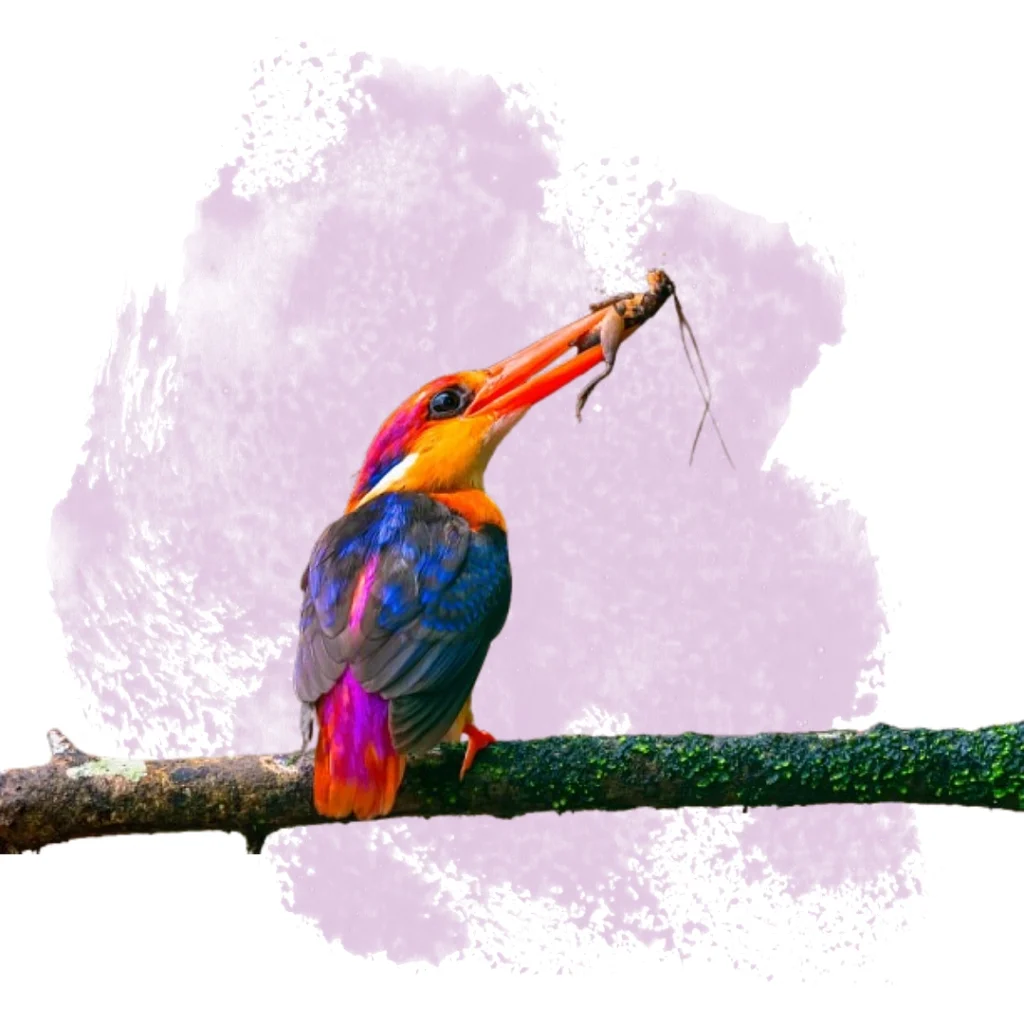
The tiny, brightly coloured Black-backed Dwarf Kingfisher is approximately 12 to 13 centimeters in length, with a bright orange body, a black back and cap, and a yellow bill. It thrives in humid environments with plenty of greenery and is found in dense tropical and subtropical forests next to streams and rivers in Southeast Asia and Sri Lanka. This kingfisher uses its hunting abilities to capture prey from a branch. Its major food sources are small insects, crustaceans, and occasionally small fish. It uses harsh sounds to communicate and is typically observed in pairs or alone. During the rainy season, females lay three to six eggs in tree cavities or burrows. The offspring are raised by both parents until they hatch in eighteen to twenty days. Although habitat loss is a possible danger, this species is categorized as “Least Concern” and has a lifespan of three to five years in the wild. It is a prominent member of the local fauna and draws birdwatchers with its vibrant hues and behaviors. It is an endemic species.
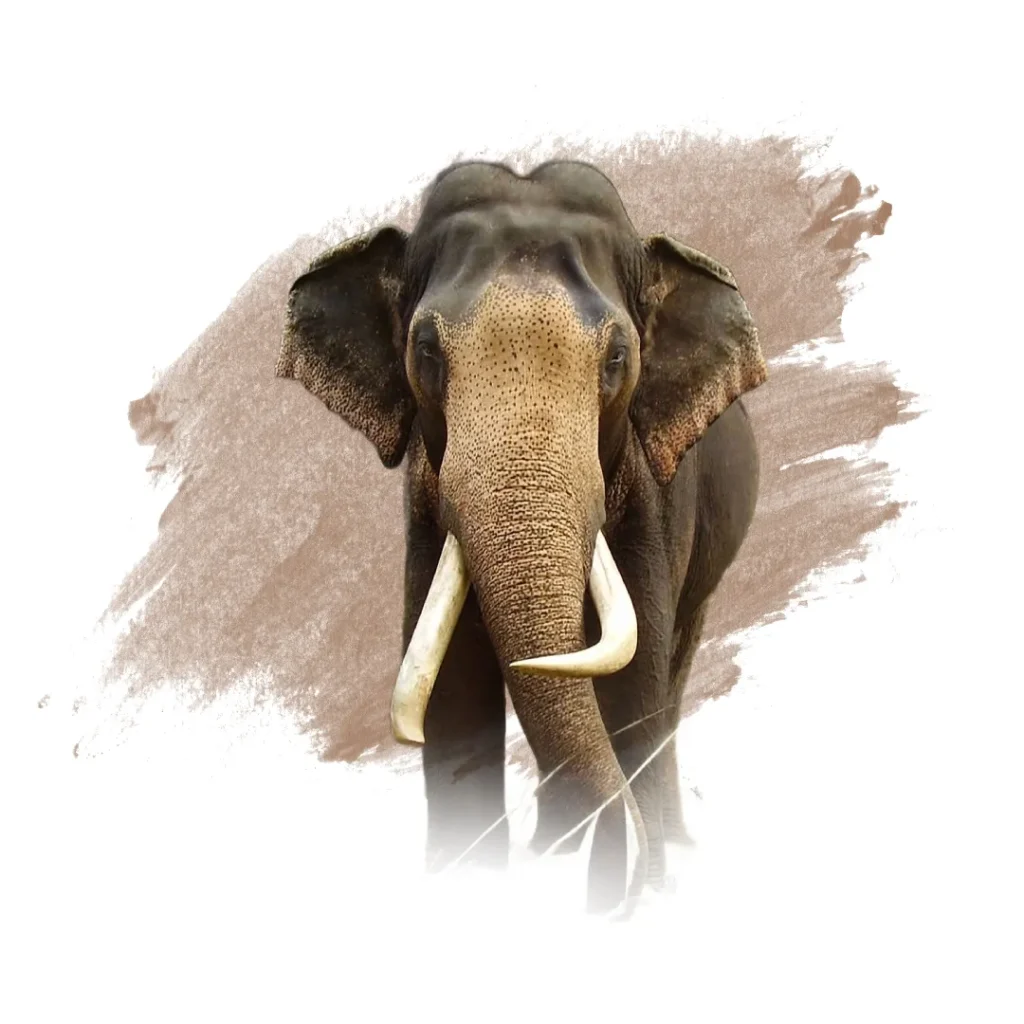
Elephants of Sri Lanka are the largest race of Asian elephants. They weigh between 4,800 and 12,100 pounds and reach heights of 2.7 to 3.5 meters (9 to 11.5 feet). Males usually have tusks, but females normally do not. They are distinguished by their gray skin with lighter pinkish areas on their face, ears, and trunk. These elephants live in grasslands, woodlands, and close to water sources in Sri Lanka’s subtropical and dry regions. They are frequently found in national parks including Yala, Udawalawe, and Minneriya. As herbivores, they contribute significantly to the preservation of plant diversity by consuming up to 150 kg (330 lbs) of grasses, leaves, fruits, and bark per day. They are social creatures that live in herds lead by females; males tend to be solitary and communicate by body language and vocalizations.They bathe, play, and feed primarily during the dawn and dusk hours. Feminine animals usually give birth to a single calf after a gestation period of approximately 22 months, and they take great care of it. They can live for 60 to 70 years in the wild, but only 2,500–4,000 are thought to exist. As a result, poaching, conflicts with people, and habitat degradation have led to the labeling of this species as endangered. Important to Sri Lankan culture, particularly Buddhism, they represent power and wisdom, are a part of festivals such as the Esala Perahera,

The Common Paddy Field Frog is a little amphibian, growing to a maximum length of 7 cm. Its smooth skin is coloured green or brown and frequently has darker stripes or spots on it. It can swim and navigate wetland environments more easily thanks to its long, webbed toes and wide, spherical eyes. They are frequently found in South and Southeast Asia, including India, Bangladesh, and Thailand, in rice paddies, marshes, and agricultural fields. They do best in environments with lots of water and plants for food and shelter. These frogs are mostly insectivorous, consuming other small animals as well as small invertebrates including grasshoppers, ants, and beetles. Males make characteristic mating cries during the breeding season; otherwise, they are primarily nocturnal, becoming active at night to hunt and call. When the water levels rise during the monsoon season, females lay their eggs in shallow water, where they hatch into tadpoles, which in a few weeks turn into frogs. The Common Paddy Field Frog, which has a life span of roughly three to five years in the wild, is categorized as a species of least concern because of its vast distribution and resilience. Despite this, pollution, habitat loss, and climate change pose risks to the species. These frogs play an important role in pest management in agricultural areas, which makes them a fascinating subject for research on biodiversity and ecosystem health

A remarkable species, the Painted Lipped Lizard is distinguished by its vivid colors, particularly on its lips, which contrast sharply with its green, blue, and yellow body. Especially in the breeding season, males tend to be larger and more colorful. This reptile thrives in grasslands, shrublands, and plantations where it may enjoy warm, humid weather. It is found in Sri Lanka’s tropical and subtropical woods. Being a major predator in its environment, it mostly eats insects such as grasshoppers, beetles, and crickets. During the day, these lizards are active and can be observed sunbathing on rocks and trees. The males display their territorial behavior by performing push-ups and head-bobbing. During the warmer months, female lizards deposit four to ten eggs in isolated locations. The eggs hatch after a few weeks, giving rise to young lizards that are self-sufficient. The Painted Lipped Lizard is categorized as Least Concern and can survive for five to seven years in the wild, while habitat destruction from urbanization and deforestation poses a threat to it. It is admired for its beauty in Sri Lanka and draws attention from scientists and environmentalists as a sign of robust ecosystems.

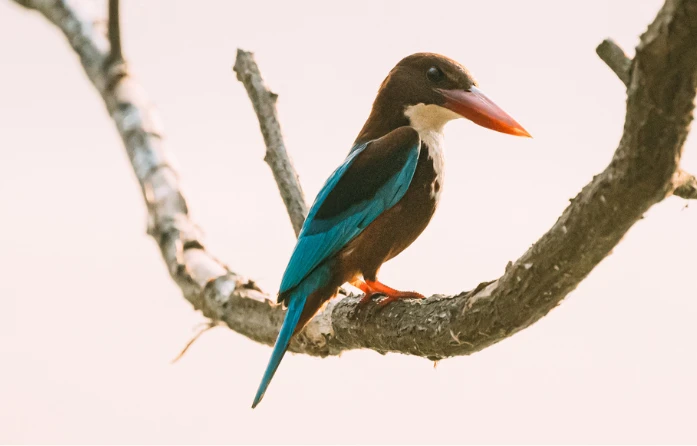
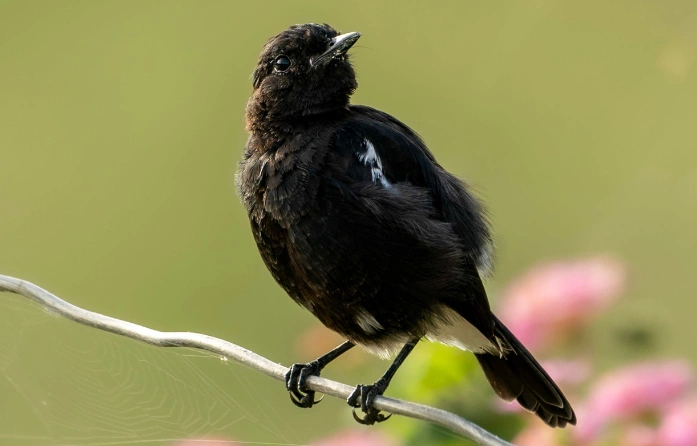

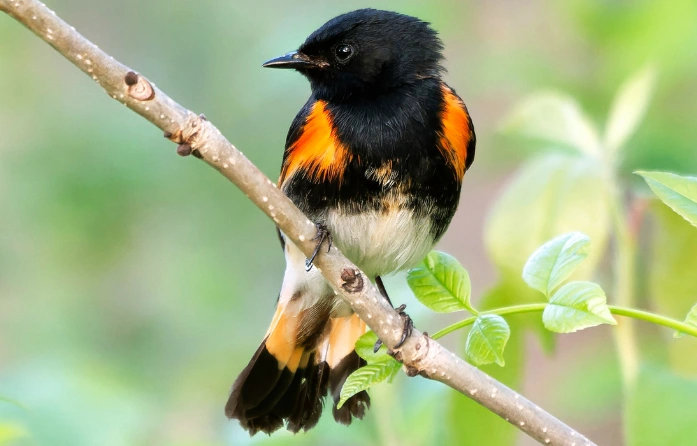
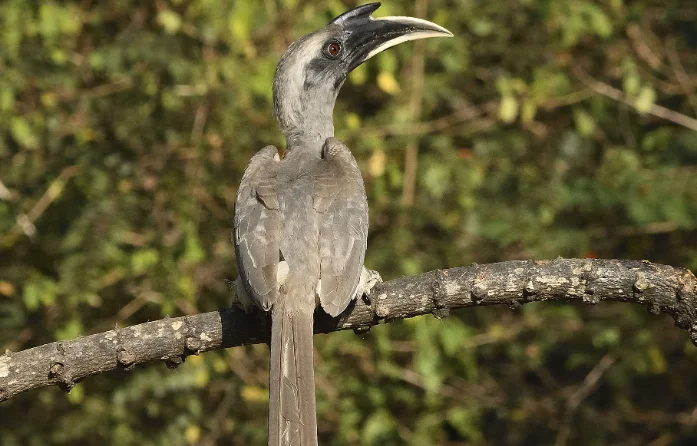

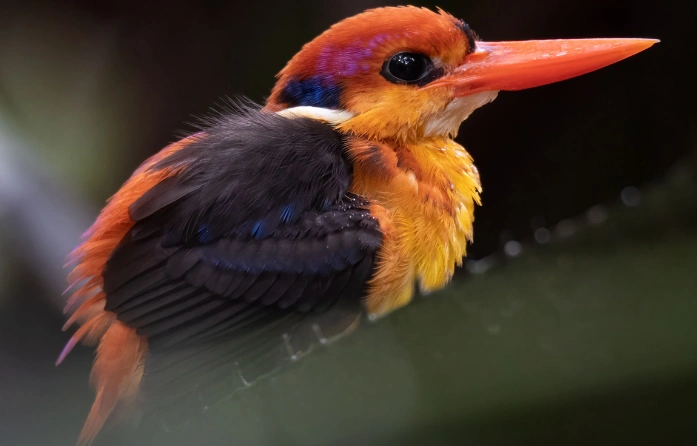
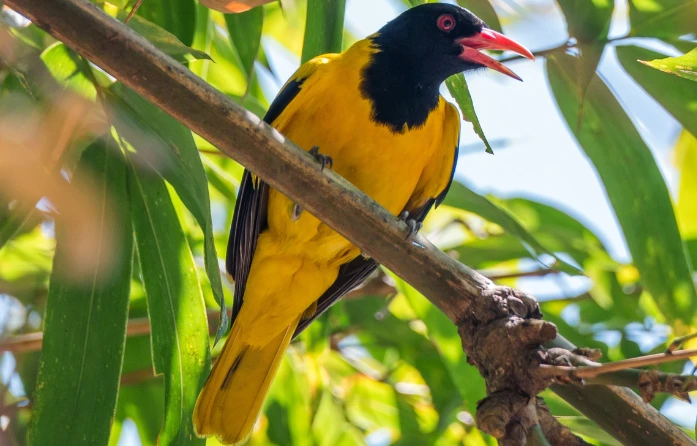
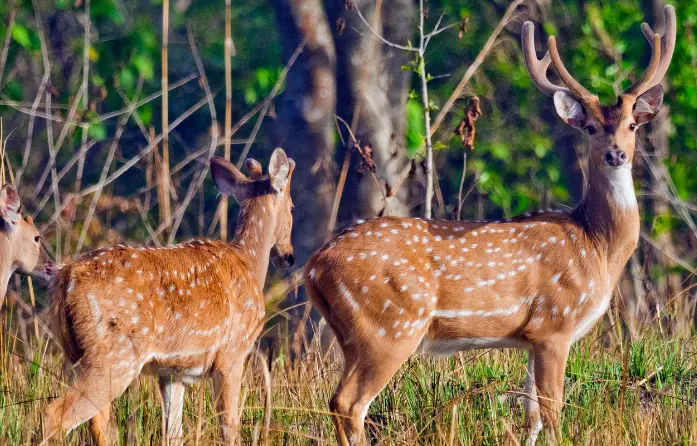


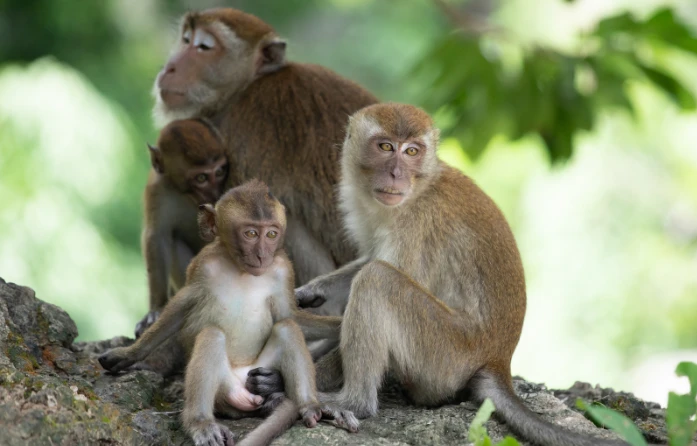
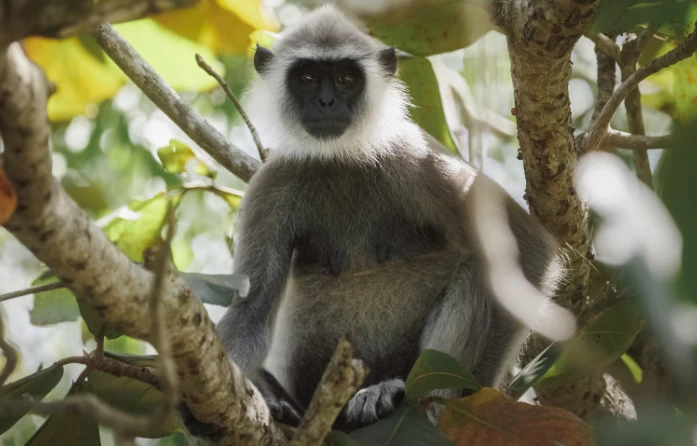
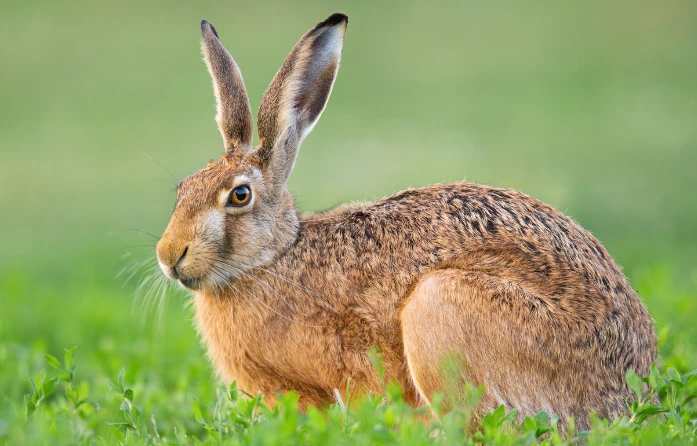


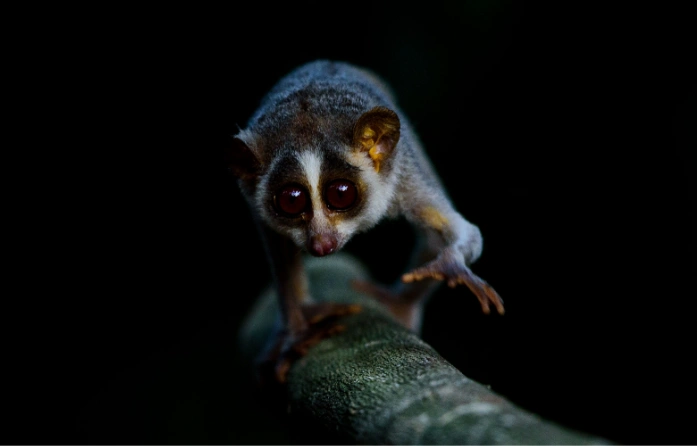
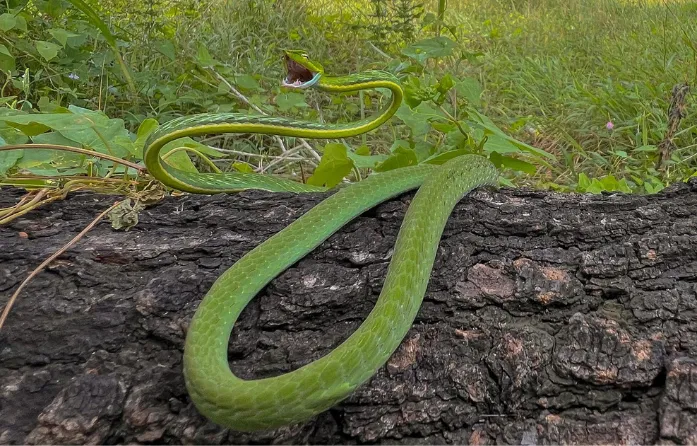
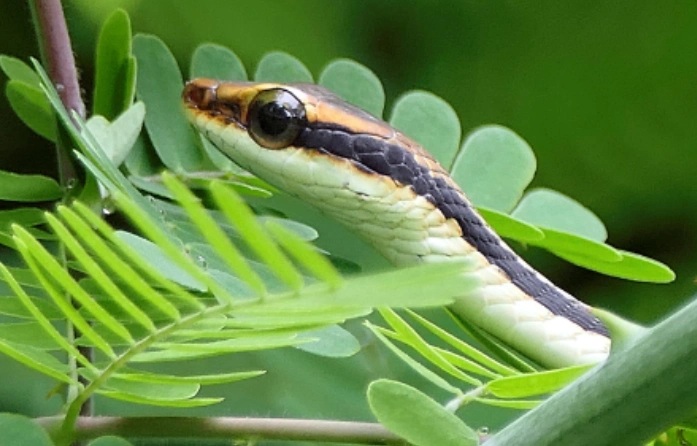
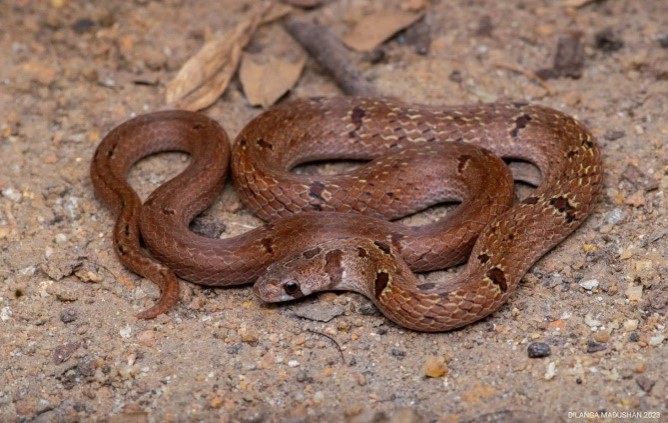
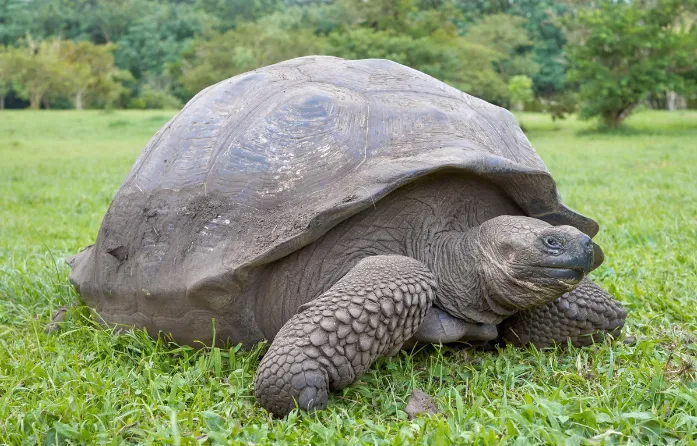
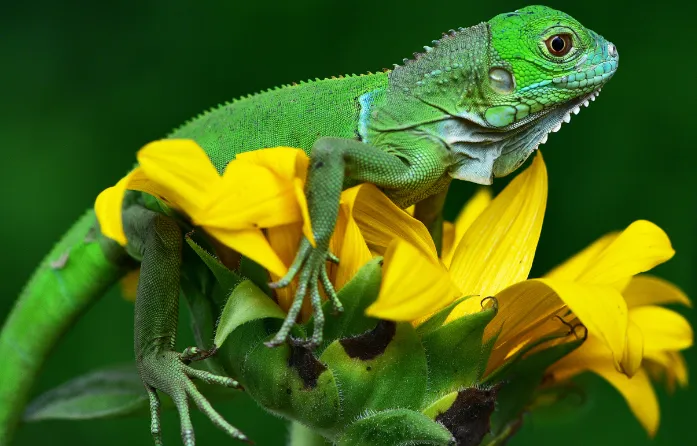
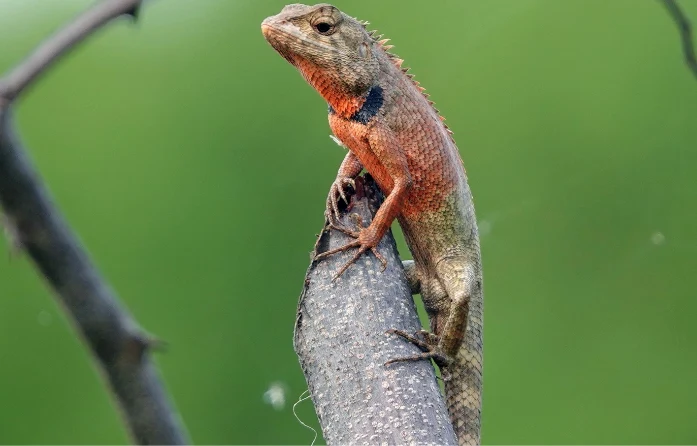

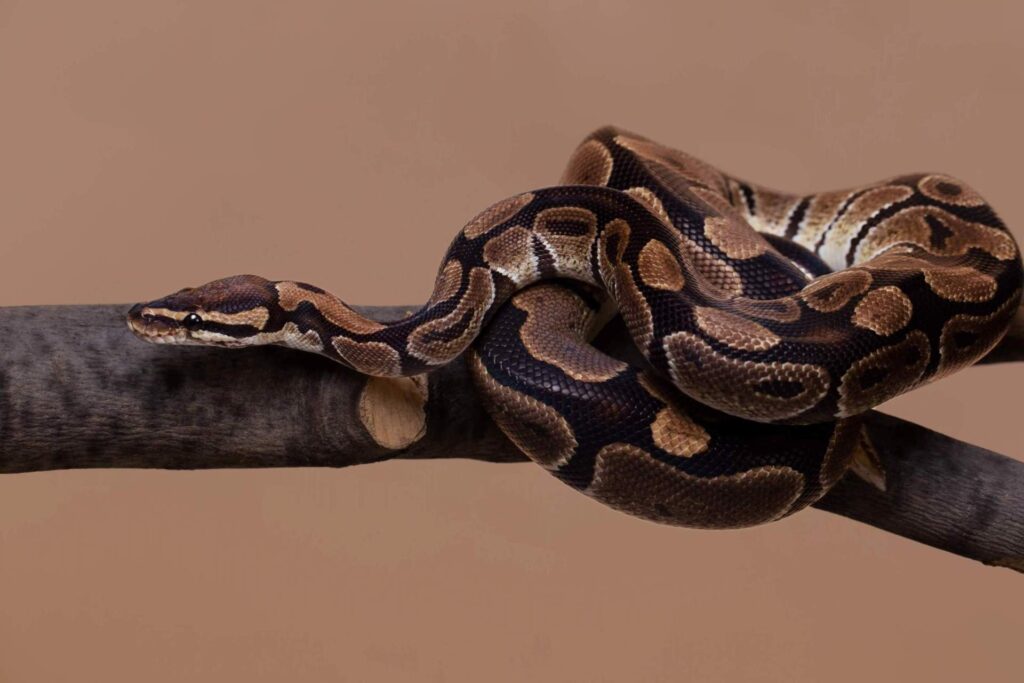
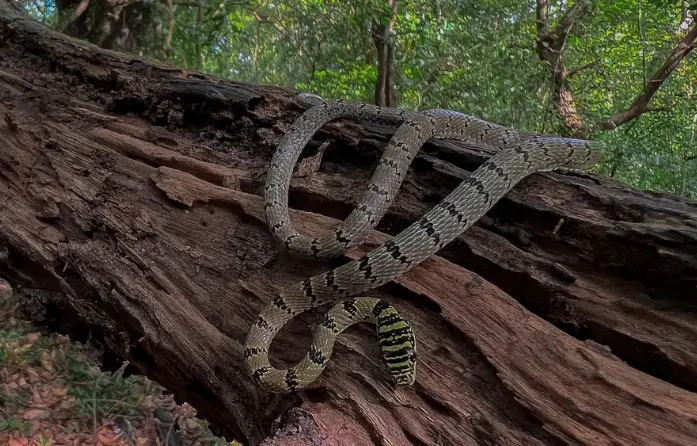
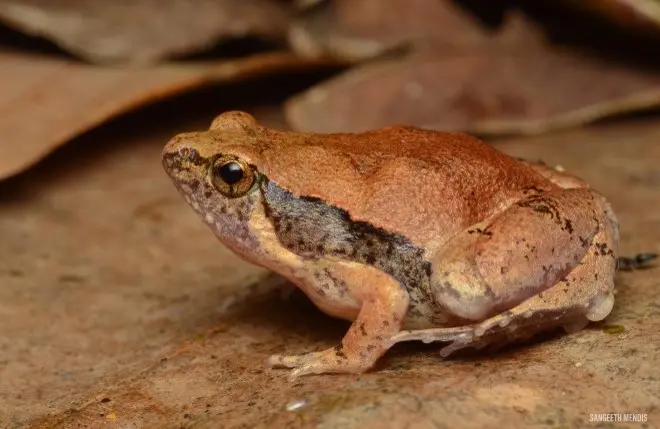


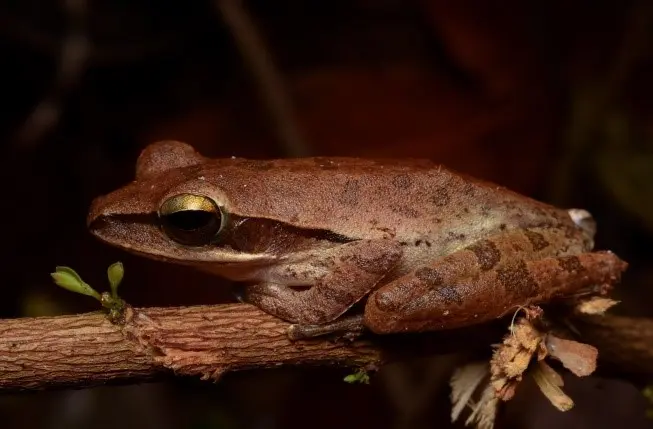
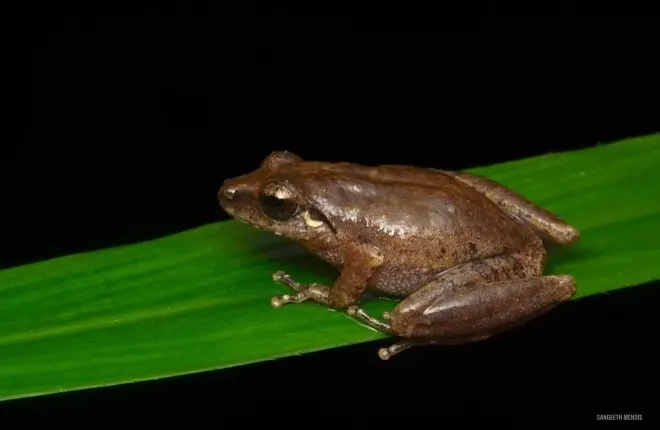
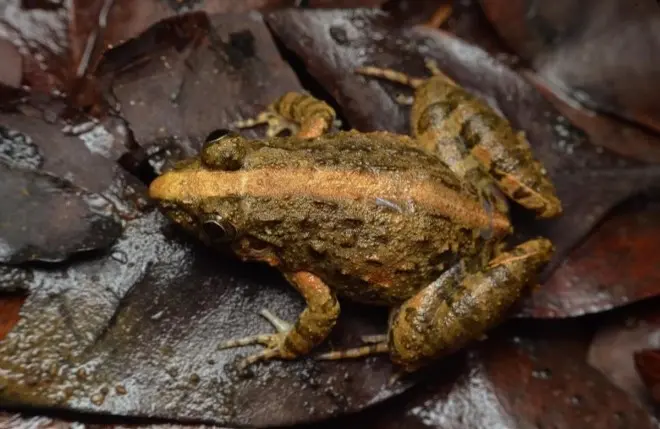
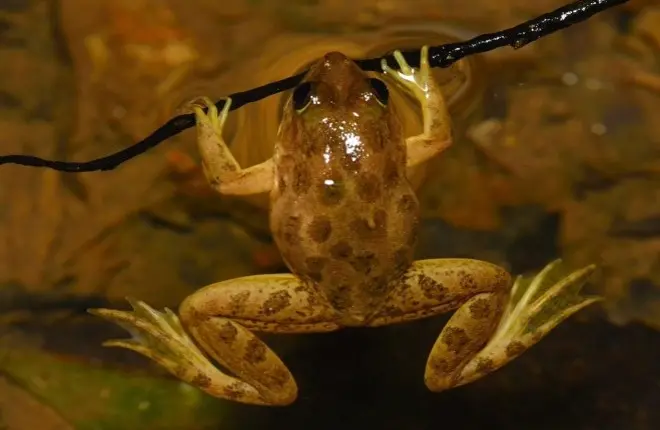

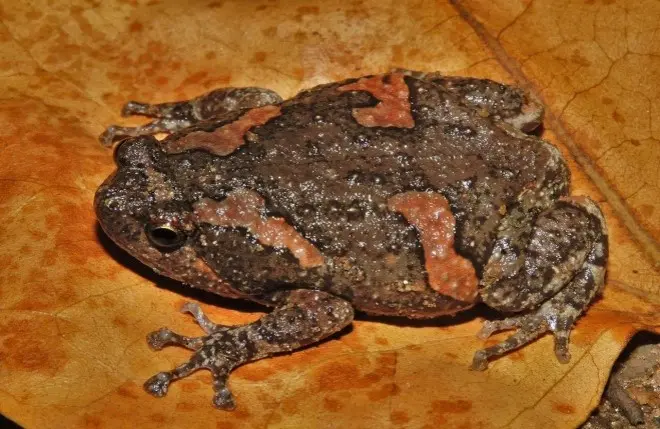
At Sigiri Vananthara nature resort in Sigiriya, we offer unforgettable stays surrounded by nature, leaving you with cherished memories for a lifetime.
Visit us at: sigirivananthara.com
Or use the QR code to make a booking
instantly


At Sigiri Vananthra, a premier resort in Sigiriya, every day brings a new adventure. Explore lush forests, enjoy exciting safaris, or relax on your private veranda while soaking in the stunning natural beauty. Whether you’re a wildlife enthusiast or seeking a serene getaway, our resort offers an unforgettable experience where the wild heart of Sri Lanka is right at your doorstep.
Surrounded by rich biodiversity, our resort provides exceptional opportunities for wildlife enthusiasts. Embark on guided safaris to witness majestic elephants in their natural habitat, or join our expert-led birdwatching tours to observe a diverse array of avian species. For reptile enthusiasts, herping excursions offer the chance to encounter fascinating reptiles and amphibians native to the region. These immersive experiences allow guests to connect deeply with the vibrant ecosystems that make Sigiriya a haven for nature lovers.
Beyond wildlife adventures, Sigiri Vananthara serves as an ideal base to explore the cultural and historical treasures of the area. Just 7.6 km away lies the iconic Sigiriya Rock Fortress, a UNESCO World Heritage Site renowned for its ancient frescoes and stunning panoramic views. Nearby, the Dambulla Royal Cave Temple, located 27.2 km from the resort, offers a glimpse into Sri Lanka’s rich spiritual heritage with its intricately adorned caves and over 150 statues. For those seeking tranquility, the Kaludiya Pokuna archaeological site, 20.9 km away, provides a serene escape amidst lush forests and ancient ruins.
At Sigiri Vananthara, sustainability is at the heart of our operations. Our eco-friendly resort is fully powered by solar energy and operates completely off-grid, ensuring minimal environmental impact while providing a comfortable and serene retreat. We prioritize the responsible use of resources, implementing rainwater collection systems and energy-efficient technologies to conserve natural resources. Additionally, our waste reduction initiatives include recycling programs and composting organic waste for use in our gardens. By choosing to stay with us, you actively support renewable energy and contribute to a greener future.
The Ibbankatuwa Megalithic Tombs in Dambulla, which are 29.4 kilometres from Sigiri Vananthara, provide an intriguing look into Sri Lanka’s prehistoric past. Stone-cast tombs that have been thoughtfully grouped demonstrate ancient burial customs at this amazing archaeological site, which dates to about 750 and 400 BCE. Pottery, tools, and other objects found in certain graves provide information about the early inhabitants’ lives. A trip to Ibbankatuwa offers guests at Sigiriya Resorts a singular window into the island’s prehistoric history and after touring this ancient gem, visitors may take in the mesmerizing elephant gathering at Minneriya National Park, where herds of elephants come together in a breathtaking wildlife spectacle that perfectly combines nature, culture, and history.

Sigiri Vananthara is a resort near ibbankatuwa tombs in Sri Lanka
The Kaludiya Pokuna Ancient Site in Dambulla is a hidden treasure for history and environment enthusiasts, at 20.9 kilometres from Sigiri Vananthara which is a resort in Sigiriya. The locals call the area, surrounded by verdant forests, historic caves, and a placid pond, the “pond of black water”. It provides a pleasant diversion from the busy tourist destinations. Perfect for guests staying at resorts in Sigiriya, Kaludiya Pokuna immerses guests in stunning natural splendour while offering a window into Sri Lanka’s rich monastic past. A trip to Minneriya National Park to see the magnificent elephant gathering adds a dash of adventure after experiencing this serene haven, making your trip via Sigiriya both unique and energizing.

Sigiri Vananthara is a resort near Kaludiya Pokuna in Sri Lanka.
One of Sri Lanka’s most famous cultural attractions is the Dambulla Cave Temple, a UNESCO World Heritage site that is only 27.2 miles from Sigiri Vananthara. This revered location, also called the Golden Temple of Dambulla, is 2,000 years old and has over 150 Buddha sculptures, including a magnificent 15-meter reclining Buddha, as well as five captivating caverns with elaborate frescoes. Travellers staying at this resort in Sigiriya should not miss this historic wonder, which provides an enthralling exploration of Sri Lanka’s rich spiritual and cultural legacy.

Sigiri Vananthara is a resort near Dambulla caves in Sri Lanka
One of Sri Lanka’s major wildlife sanctuaries, the Minneriya National Park is within 7.5 kilometres from Sigiri Vananthara Nature Resort and an ideal location for those nature lovers who stay at the Resort. The park, which covers more than 8,889 hectares, is well-known for its amazing elephant gatherings, which are among the most wild Asian elephant populations worldwide, particularly during the dry season. The Minneriya reservoir is home to hundreds of magnificent elephants congregating around it once a year. A sanctuary for both nature lovers and animal aficionados, the park’s varied ecosystems serve as a refuge for a wide range of bird species, reptiles, and other creatures.

Stay at Sigiri Vananthara while you watch the Minneriya National Park elephant gathering.
Pidurangala Rock, which is only 6.8 kilometres from Sigiri Vananthara, provides nature enthusiasts with an exciting travelling experience. With its adventurous ascent over steep, rocky parts, this stunning route is imperative for guests staying in the resort. There is an old Buddhist temple at the foot of the rock, and the trail winds through old caverns where monks used to meditate. The panoramic view at the peak makes it possible to capture the splendour of Sigiriya and its environs.

Sigiri Vananthara is a resort near Pidurangala rock in Sri Lanka.
For nature lovers staying at Sigiriya Resorts, Kaudulla National Park, which is about 27.4 km from Sigiri Vananthara Resort, is a must-see location. This sanctuary was created to preserve the area’s abundant biodiversity and is tucked away close to Sigiri Vananthara Nature Resort. The park’s varied terrain includes picturesque marshes, rich grasslands, and dry evergreen woods. Large herds of elephants can be observed bathing and drinking around the reservoir, especially during the dry season, and it is well known for its stunning elephant gatherings. Your visit to Sigiri Vananthara will be unforgettable thanks to this excellent wildlife encounter, which provides a rare chance to see magnificent elephants in their natural habitat.

Sigiri Vananthara is a resort near Kaudulla National Park in Sri Lanka
The well-known Sigiriya Lion Rock, one of Sri Lanka’s most fascinating historical sites, is only 7.6 km from Sigiri Vananthara Nature Resort and is a must-see destination for guests staying at Sigiriya resorts. King Kasyapa chose this old stronghold, which rises 200 meters above the surrounding plains, as his capital. There used to be a magnificent palace on top of the rock, which was reached by a huge entrance shaped like a lion’s mouth. Your stay at Sigiri Vananthara will be genuinely unforgettable because of the magnificent paintings and lovely gardens that encircle Sigiriya Lion Rock, which provides fantastic views and insight into Sri Lanka’s rich cultural legacy.

Sigiri Vananthara is a resort near Sigiriya Lion Rock in Sri Lanka